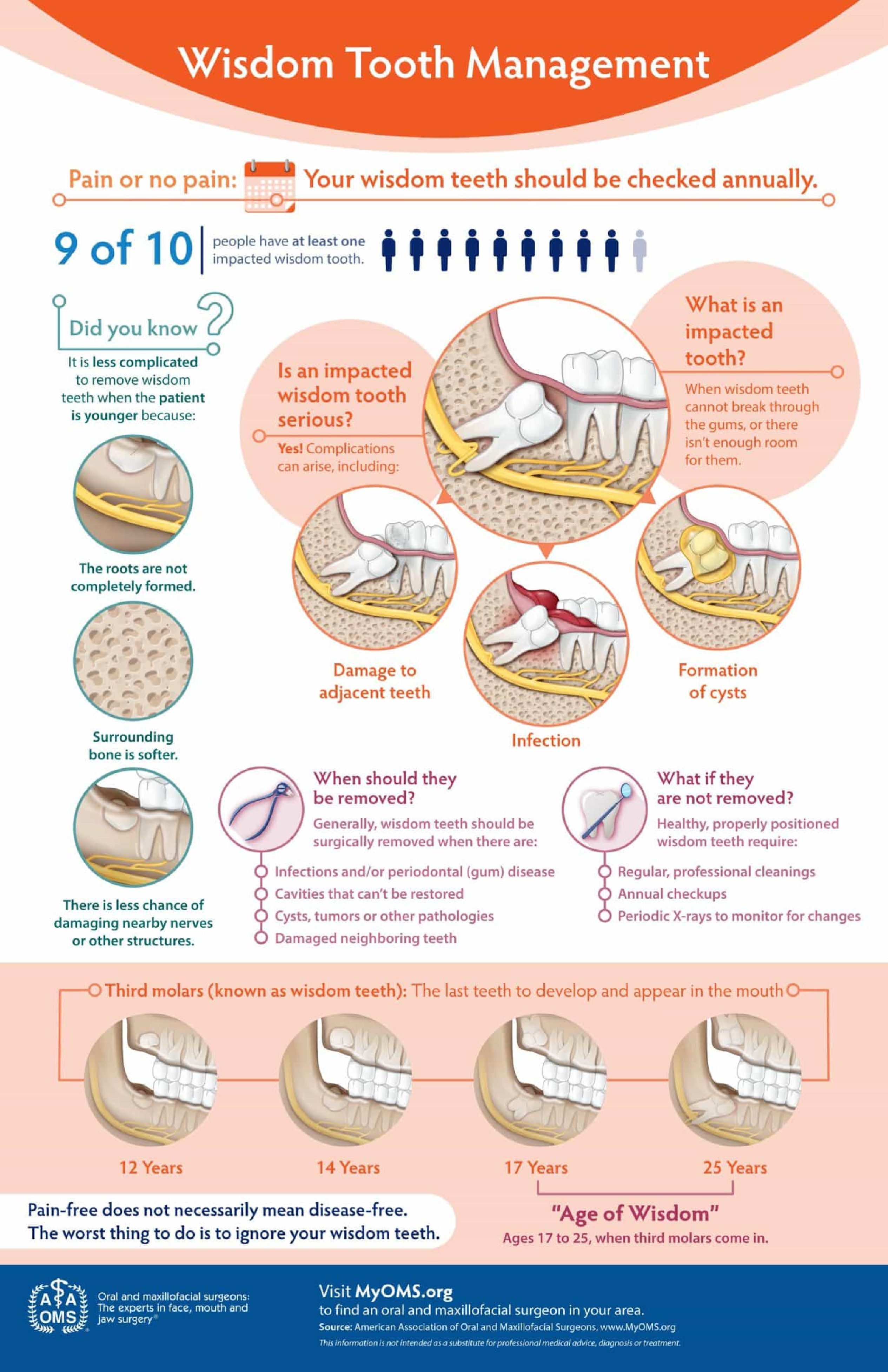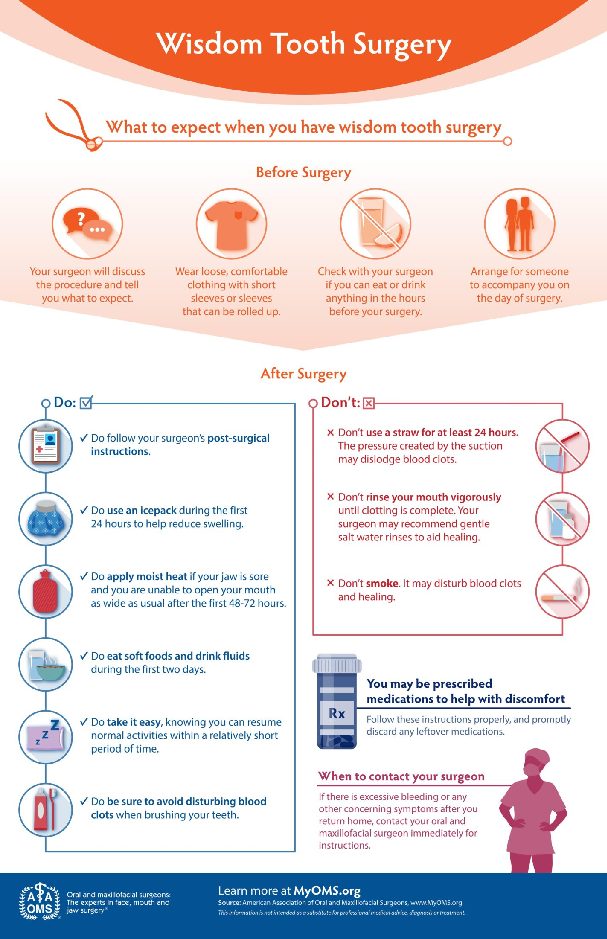Approximately five percent of all newborns are born tongue-tied, where the tissue that attaches the tongue to the bottom of the mouth extends to the tip of the tongue.
The connective tissue under the tongue and between the bottom and top lips and the gums is known as the frenum. When the frenum extends into the gums or to the tip of the tongue, it can cause speech deficits and difficulties in feeding.
However, a doctor never really knows if the extra attachment will cause a problem until the speech deficits or feeding issues take place. At this time, a doctor will recommend a frenectomy, a procedure in which a doctor removes one or both frena from the mouth.
Like all surgical procedures, a frenectomy carries some risks. But when you follow the proper procedure, a frenectomy recovery will take no time.
Keep reading to learn about what to expect from a frenectomy procedure and frenectomy recovery.
What Is a Frenectomy?
The frenum has three different functions:
- Connect the tongue to the bottom of the mouth
- Connect the lips to the gums below the bottom front teeth and above the top teeth
- Connect the gums to the inside of the cheeks
When a frenum extends too far, it can restrict the mouth and tongue from functioning properly. At this time, a doctor can perform a frenectomy, when they remove the frenum that is causing the restriction.
To remove the frenum, first, the doctor will apply a topical numbing agent to the frenum. Then the doctor will use surgical scissors, scalpel, or cauterizing instruments to snip the frenum. Finally, the doctor will apply stitches if necessary.
From start to finish, the procedure will take approximately 15 minutes.
Some doctors opt for a laser frenectomy in which the doctor uses a laser to cut the frenum. The laser will reduce blood loss and the risk of infection.
Frenectomy Recovery Time
A full recovery will take approximately four weeks. In the first three days, a white patch will form over the area. Within the first week, the stitches will dissolve and fall out and the pain, bleeding, and soreness will go down.
In the final weeks, the healing patch will shrink, and by the fourth week, you should have a completely healed frenulum.
Normal Healing
You should expect some bleeding and swelling after surgery. The first few days will be the worst, as the swelling peaks around the third day after surgery. After this, the swelling will gradually go down.
Use ibuprofen to treat the swelling and pain. Also, you will want to sleep with your head elevated to help reduce swelling. You can also use ice packs on your face every 20 minutes during these first three days.
Hygiene
The day after your surgery, you can rinse your mouth out with salt and warm water solution. You can resume brushing your teeth the day after surgery as well, but take care to avoid your surgical site.
Activity
If you do not properly care for your surgical site, the frenum can reattach and undo all the hard work that the doctor did. To avoid re-attachment, massage and wiggle your lips regularly. You can also gently lift and swing your tongue from side to side regularly.
Do not engage in any strenuous exercise for two to three days after the procedure. Do take light walks to prevent blood clots. After a day or so of recovery, you can return to your regular work and school, provided that it does not require strenuous activity.
Do not, under any circumstances, smoke after a frenectomy.
Frenectomy Diet
Treat your diet like you’d treat any diet after oral surgery.
To avoid complications after the procedure, avoid hot foods and eat only soft foods such as pudding, yogurt, applesauce, and jello. Stay away from acidic and salty foods or extremely hot or cold foods.
If your patient is a child, parents need to work to make sure children eat carefully. You can monitor your child’s food choices to prevent problems.
Frenectomy Risks
All surgery comes with risks. You can avoid most problems by carefully following the surgical instructions you receive after your procedure. Keep an eye out for the following complications.
You can develop complications either immediately after surgery or a few days or weeks after surgery.
As far as immediate problems go, you can suffer from excessive bleeding and hemorrhaging if the physician accidentally knicks an artery or vein in the process of resecting the frenum.
A hematoma or bruise can form if blood seeps into the tissue between the floor of the mouth and the muscle of the tongue. You can also develop an infection at the site if your wound does not heal properly.
If you fail to exercise your tongue, the frenum can also re-attach and develop a scar at the incision site. When this occurs, a new speech disorder can develop, causing further problems.
These problems rarely happen, but you should still go into the procedure aware of the potential complications. Your physician will go through the potential problems with you before heading in for the procedure.
In the end, a qualified doctor can avoid these problems. Read reviews and look for recommendations for a physician or dentist before you schedule this procedure. A highly reviewed physician or dentist will lead to positive results.
Rest and Recover
A full frenectomy recovery will take up to four weeks. If you follow your doctor’s advice, you should have no problems recovering quickly.
If you have a small child receiving the frenectomy, keep them calm and quiet for the first days. Stock up on popsicles, yogurt, and apple sauce along with plenty of good movies to keep them still.
The right steps will lead to a full recovery and a future of full mouth mobility.
Do you suspect the need for a frenectomy either for yourself or your child? If so, contact us today for a consultation. We specialize in oral surgery and prioritize creating a comfortable, personalized experience for our patients.
Give us a call today. We would love to serve you.



